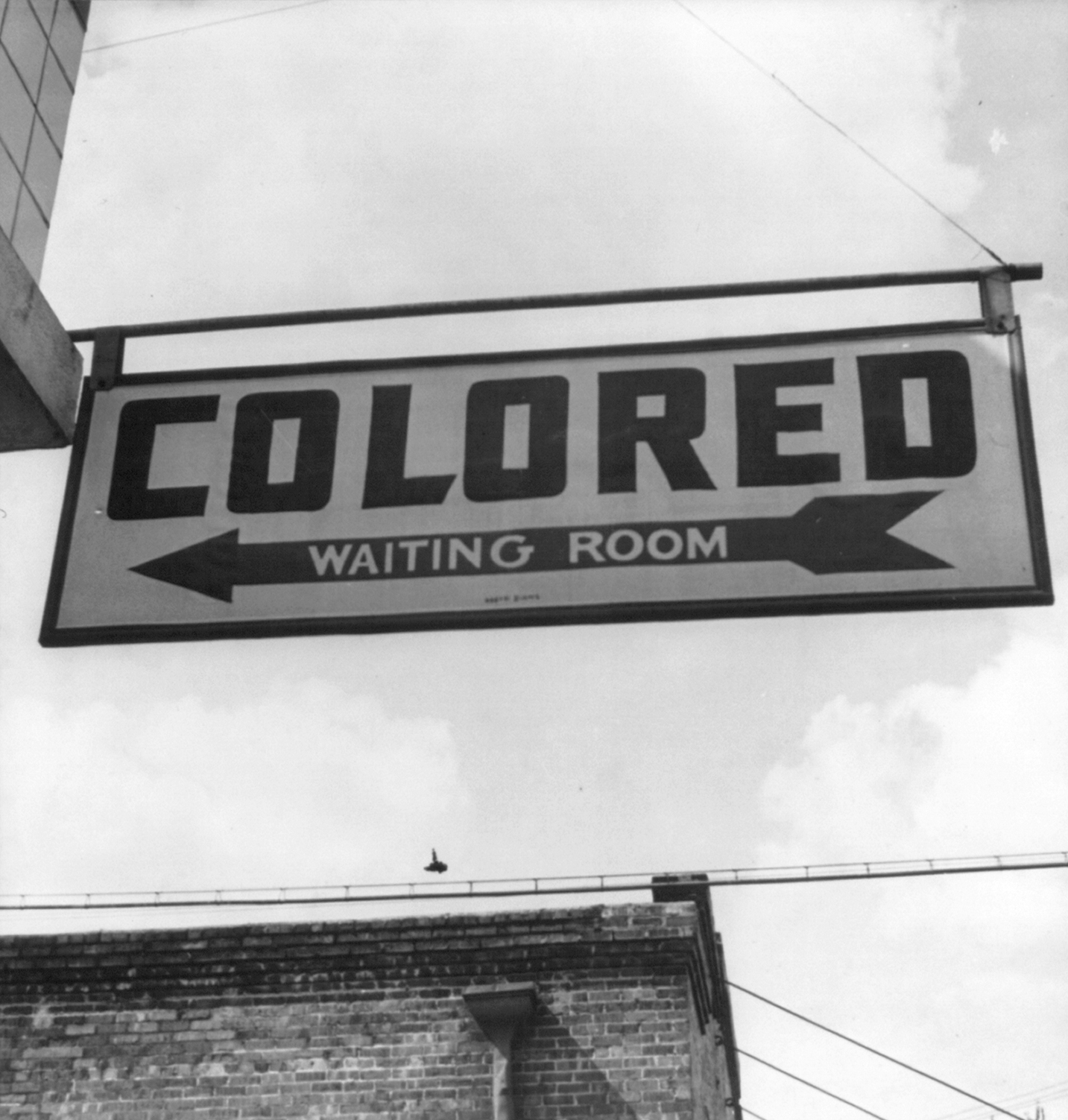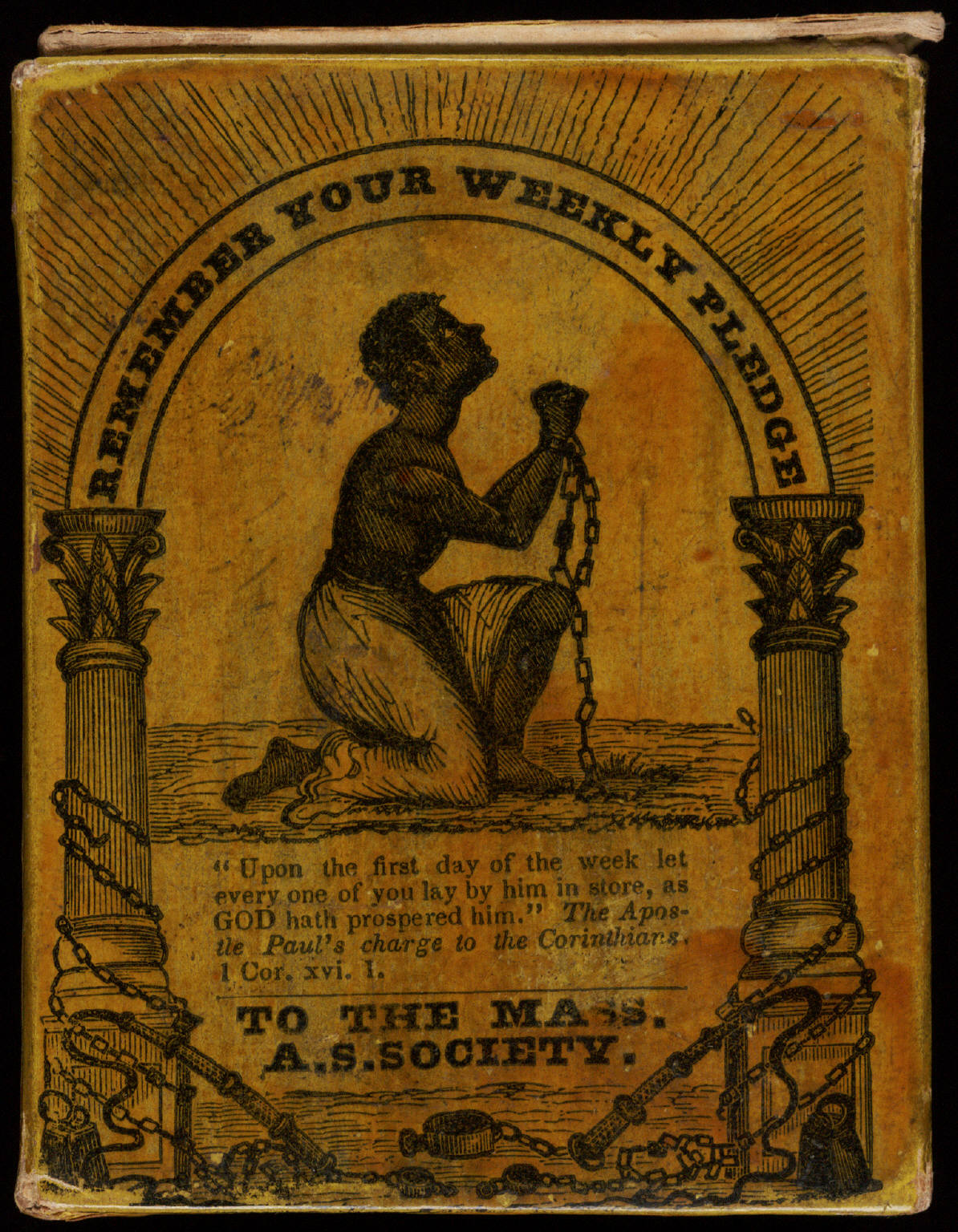|
Natural Hair Movement
The natural hair movement is a movement which aims to encourage people of African descent to embrace their natural, afro-textured hair, especially in the workplace. It originated in the United States during the 1960s, and resurged in popularity in the 2000s.Dr. Josephine Metcalf and Dr. Carina Spaulding, African American Culture and Society After Rodney King: Provocations and Protests, Progression and "Post-Racialism"'', Ashgate Publishing Limited, 25/06/2015 Definition and features The movement is centered around Black people who wear afro-textured hair in its natural, coiled, or tight, curly state. These individuals of African descent choose not to relax their hair, allowing it, instead, to grow in its natural texture. To relax one's hair means to use chemicals to straighten it. This can be done professionally, or through a kit purchased at a grocery store for home use. Afro-textured hairstyles can vary and may include the adoption of hair twists, braids or even dreadlocks.L ... [...More Info...] [...Related Items...] OR: [Wikipedia] [Google] [Baidu] |
African Descent
Black is a racial classification of people, usually a political and skin color-based category for specific populations with a mid- to dark brown complexion. Not all people considered "black" have dark skin and often additional phenotypical characteristics are relevant, such as facial and hair-texture features; in certain countries, often in socially based systems of racial classification in the Western world, the term "black" is used to describe persons who are perceived as dark-skinned compared to other populations. It is most commonly used for people of sub-Saharan African ancestry, Indigenous Australians and Melanesians, though it has been applied in many contexts to other groups, and is no indicator of any close ancestral relationship whatsoever. Indigenous African societies do not use the term ''black'' as a racial identity outside of influences brought by Western cultures. Contemporary anthropologists and other scientists, while recognizing the reality of biological ... [...More Info...] [...Related Items...] OR: [Wikipedia] [Google] [Baidu] |
France Ô
France Ô () was a French free-to-air television channel featuring programming from the French overseas departments and collectivities in Metropolitan France. It was part of the France Télévisions group. It was a national counterpart of the local Outre-Mer 1ère networks. History The channel was launched in 1998 as RFO Sat by Jean-Marie Cavada, then-president of RFO, and initially broadcast for only 9 hours per day. It was re-branded as France Ô on 25 February 2005 after the reunification of RFO with France Télévisions. The "O" stands for ''Outre-mer'' (overseas); the circumflex, which is considered an accent in French grammar, was used to emphasize that the channel was open to diverse accents and dialects, as well as to ensure that the name was not read as ''France 0'' ("France zero"). Simultaneously, the channel increased from a nine-hour operation to 24 hours a day. The channel became available in overseas territories in November 2010, replacing the RFO-operated T ... [...More Info...] [...Related Items...] OR: [Wikipedia] [Google] [Baidu] |
Racial Segregation In The United States
Facilities and services such as housing, healthcare, education, employment, and transportation have been systematically separated in the United States based on racial categorizations. Notably, racial segregation in the United States was the legally and/or socially enforced separation of African Americans from whites, as well as the separation of other ethnic minorities from majority communities. While mainly referring to the physical separation and provision of separate facilities, it can also refer to other manifestations such as prohibitions against interracial marriage (enforced with anti-miscegenation laws), and the separation of roles within an institution. The U.S. Armed Forces were formally segregated until 1948, as black units were separated from white units but were still typically led by white officers. In the 1857 Dred Scott case ('' Dred Scott v. Sandford''), the U.S. Supreme Court found that Black people were not and could never be U.S. citizens and that ... [...More Info...] [...Related Items...] OR: [Wikipedia] [Google] [Baidu] |
Garrett A
Garrett may refer to: Places in the United States * Garrett, Illinois, a village * Garrett, Indiana, a city * Garrett, Floyd County, Kentucky, an unincorporated community * Garrett, Meade County, Kentucky, an unincorporated community * Garrett, Missouri, a ghost town * Garrett, Pennsylvania, a borough * Garrett, Texas, a town * Garrett, Washington, a census-designated place * Garrett, Wyoming, an unincorporated community * Garrett County, Maryland Businesses * Garrett AiResearch, a former manufacturer of turbochargers and turbine engines, now part of Honeywell, Inc. ** Garrett Motion, manufacturer of turbochargers for ground vehicles * Richard Garrett & Sons, a manufacturer of steam engines and agricultural machinery Other uses * Garrett (name), lists of people and fictional characters with the given name or surname * Garrett-Evangelical Theological Seminary, a graduate school of theology affiliated with the United Methodist Church See also *Garratt locomotive, a type of steam ... [...More Info...] [...Related Items...] OR: [Wikipedia] [Google] [Baidu] |
Hot Comb
A hot comb (also known as a straightening comb or pressing comb) is a metal comb that is used to straighten moderate or coarse hair and create a smoother hair texture. A hot comb is heated and used to straighten the hair from the roots. It can be placed directly on the source of heat or it may be electrically heated. History The hot comb was an invention developed in France as a way for women with coarse curly hair to achieve a fine straight look traditionally modeled by historical Egyptian women. Parisian Francois Marcel Grateau is said to have revolutionized hair styling when he invented and introduced heated irons to curl and wave his customers' hair in France in 1872. His Marcel Wave remained fashionable for many decades. Britain's Science and Society Library credits L. Pelleray of Paris with manufacturing the heated irons in the 1870s. An example of an 1890s version of Pelleray's curling iron is housed at the Chudnow Museum in Milwaukee. Elroy J. Duncan is believed to ha ... [...More Info...] [...Related Items...] OR: [Wikipedia] [Google] [Baidu] |
Abolitionism In The United States
In the United States, abolitionism, the movement that sought to end slavery in the United States, slavery in the country, was active from the Colonial history of the United States, colonial era until the American Civil War, the end of which brought about the abolition of American slavery, Penal labor in the United States, except as punishment for a crime, through the Thirteenth Amendment to the United States Constitution (ratified 1865). The anti-slavery movement originated during the Age of Enlightenment, focused on ending the Atlantic slave trade, transatlantic slave trade. In Colonial America, a few German Quakers issued the 1688 Germantown Quaker Petition Against Slavery, which marked the beginning of the American abolitionist movement. Before the American Revolutionary War, Revolutionary War, Evangelicalism in the United States, evangelical colonists were the primary advocates for the opposition to Slavery in the colonial United States, slavery and the slave trade, doing ... [...More Info...] [...Related Items...] OR: [Wikipedia] [Google] [Baidu] |
Madame Figaro
''Madame Figaro'' () is a French magazine supplement to the Saturday edition of the daily newspaper , focusing on and catering to women. History and profile The first edition was published in 1980. ''Madame Figaro'' was spearheaded by Robert Hersant, who succeeded Jean Prouvost (creator of the French women's fashion magazine ''Marie Claire''). The magazine experienced immediate success, owing to its diverse contents, and the quality of the writing, targeting affluent readers. The first female Editor-in-Chief of the magazine was Marie-Claire Pauwels, daughter of Louis Pauwels. The launch of ''Madame Figaro'' in 1980 marked a distinct distancing from the feminist movement of the preceding decade (notably from the movement to "liberate pornography" that had a goal of seizing power from the dominant moral and religious institutions). ''Madame Figaro'' had its origins as a single page feature appearing in ''Figaro Magazine'', because that magazine's majority of readers were female, ... [...More Info...] [...Related Items...] OR: [Wikipedia] [Google] [Baidu] |
Common Dreams NewsCenter
Common Dreams NewsCenter, often referred to simply as Common Dreams, is a 501(c)(3) nonprofit, U.S.-based news website with a stated goal of serving the progressive community. Common Dreams publishes news stories, editorials, and a newswire of current, breaking news. Common Dreams also re-publishes relevant content from other sources such as the Associated Press and has published writers such as Robert Reich and Molly Ivins. The website also provides links to other relevant columnists, periodicals, radio outlets, news services, and websites. History Inspiration for the name, "Common Dreams", came from the book title, ''The Twilight of Common Dreams: Why America Is Wracked by Culture Wars'', written by Todd Gitlin and published in 1995. The nonprofit organization, Common Dreams, was founded in 1996 by political consultant Craig Brown, and the News Center was launched the following year, in May 1997, by Brown and his wife, Lina Newhouser (1951–2008). Brown, a native of Mass ... [...More Info...] [...Related Items...] OR: [Wikipedia] [Google] [Baidu] |
Oxford University Press
Oxford University Press (OUP) is the publishing house of the University of Oxford. It is the largest university press in the world. Its first book was printed in Oxford in 1478, with the Press officially granted the legal right to print books by decree in 1586. It is the second-oldest university press after Cambridge University Press, which was founded in 1534. It is a department of the University of Oxford. It is governed by a group of 15 academics, the Delegates of the Press, appointed by the Vice Chancellor, vice-chancellor of the University of Oxford. The Delegates of the Press are led by the Secretary to the Delegates, who serves as OUP's chief executive and as its major representative on other university bodies. Oxford University Press has had a similar governance structure since the 17th century. The press is located on Walton Street, Oxford, Walton Street, Oxford, opposite Somerville College, Oxford, Somerville College, in the inner suburb of Jericho, Oxford, Jericho. ... [...More Info...] [...Related Items...] OR: [Wikipedia] [Google] [Baidu] |
Maxine Leeds Craig
Maxine Leeds Craig is an American professor, working in the sociology department at the University of California, Davis. Craig was a doctoral student of Todd Gitlin at the University of California, Berkeley; her doctoral dissertation became the book, ''Ain't I a Beauty Queen? Black Women, Beauty, and the Politics of Race'' (2002). Her second book, ''Sorry I Don't Dance: Why Men Refuse to Move'' (2013), was awarded the 2014 Best Publication Award of the American Sociological Association The American Sociological Association (ASA) is a non-profit organization dedicated to advancing the discipline and profession of sociology. Founded in December 1905 as the American Sociological Society at Johns Hopkins University by a group of fi ...'s section on Body and Embodiment. She was chair of the American Sociological Association Section on Race, Gender, and Class for 2009–2010. Publications *''Ain't I A Beauty Queen?: Black Women, Beauty, and the Politics of Race.'' Oxford University ... [...More Info...] [...Related Items...] OR: [Wikipedia] [Google] [Baidu] |
Master–slave Dialectic
{{disambiguation ...
Master–slave or master/slave may refer to: * Master–slave (technology), relationship between devices in which one controls the other * Master–slave dialectic, a concept in Hegelian philosophy * Master–slave morality, a central theme of Friedrich Nietzsche's works * Master/slave (BDSM), a type of consensual relationship of dominance and submission * Letter 47 (Seneca), also known as ''On Master and Slave'' * "Master/Slave", a hidden track by the alternative rock band Pearl Jam on the album '' Ten'' * ''Master Slave Husband Wife'' (2023), a history of Ellen and William Craft's escape from slavery by Ilyon Woo See also * Master (other) * Slave (other) A slave is an individual held in forced servitude. Slave or slaves may also refer to: Arts, entertainment, and media Fictional entities * ''Slave I'', a ''Star Wars'' spacecraft * Slave (Blake's 7), Slave (''Blake's 7''), a fictional computer i ... [...More Info...] [...Related Items...] OR: [Wikipedia] [Google] [Baidu] |
Comb Ashanti Ceramic AMR 1974 02
A comb is a tool consisting of a shaft that holds a row of teeth for pulling through the hair to clean, untangle, or style it. Combs have been used since Prehistory, prehistoric times, having been discovered in very refined forms from settlements dating back to 5,000 years ago in Persia. Weaving combs made of whalebone dating to the middle and late Iron Age Europe, Iron Age have been found on archaeological digs in Orkney and Somerset. Description Combs are made of a shaft and teeth that are placed at a perpendicular angle to the shaft. Combs can be made out of a number of materials, most commonly plastic, metal, or wood. In antiquity, horn and whalebone was sometimes used. Combs made from ivory and tortoiseshell were once common but concerns for the animals that produce them have reduced their usage. Wooden combs are largely made of boxwood (genus), boxwood, cherry wood, or other fine-grained wood. Good quality wooden combs are usually handmade and polished. Combs come in v ... [...More Info...] [...Related Items...] OR: [Wikipedia] [Google] [Baidu] |




